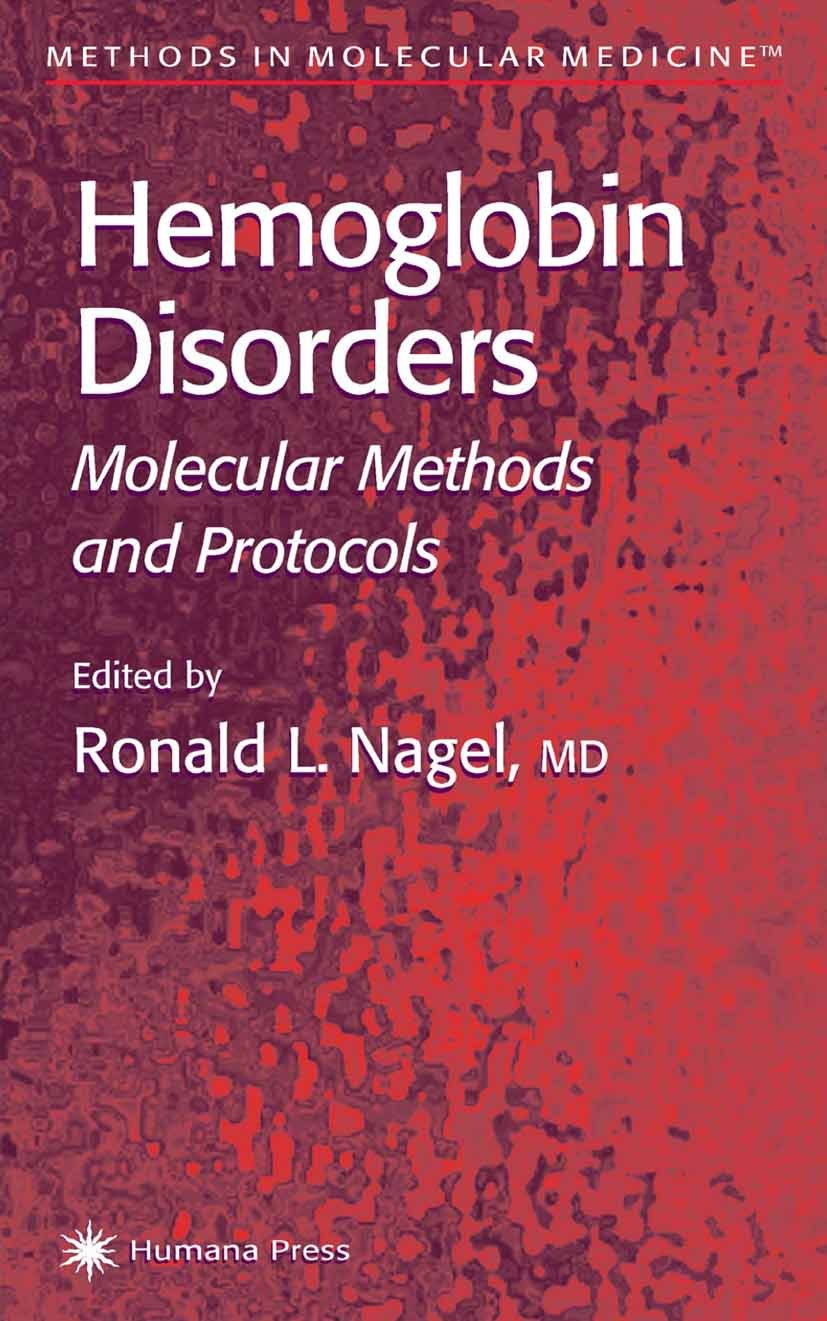| 书目名称 | Hemoglobin Disorders | | 副标题 | Molecular Methods an | | 编辑 | Ronald L. Nagel | | 视频video | http://file.papertrans.cn/426/425603/425603.mp4 | | 概述 | Includes supplementary material: | | 丛书名称 | Methods in Molecular Medicine | | 图书封面 |  | | 描述 | Hemoglobin and Hemoglobinologists This volume, Hemoglobin Disorders: Molecular Methods and Protocols, will be introduced with a review of the great milestones in the field, and the scientists responsible for those achievements. The history of hemoglobin can be divided into three periods: the Classical period, the Modern period, and the Post-Modern period. I am inclined to include as the four major members of the classical period Francis Roughton, Quentin Gibson, Jeffries Wyman, and Linus Pauling, not only because of their achievements, but also because of the superb scientists they trained and/or influenced. Francis John Worsely Roughton (1899–1972) (Fig. 1), in his laboratory at Trinity College in Cambridge, England, made the first measurements of the rapid reaction of oxygen with hemoglobin at the millisecond scale, at first by flow-mixing methods and later by flash photolysis. He not only opened an era of molecular research of hemoglobin, but also invented the methodology for fast reactions through the use of laser technology, which was later improved by others so that even faster reactions could be detected. Another contribution of Roughton was the education of Quentin H. Gibso | | 出版日期 | Book 2003 | | 版次 | 1 | | doi | https://doi.org/10.1385/1592593739 | | isbn_softcover | 978-1-61737-278-0 | | isbn_ebook | 978-1-59259-373-6Series ISSN 1543-1894 Series E-ISSN 1940-6037 | | issn_series | 1543-1894 | | copyright | Humana Press 2003 |
The information of publication is updating

|
|
 |Archiver|手机版|小黑屋|
派博传思国际
( 京公网安备110108008328)
GMT+8, 2025-12-27 17:30
|Archiver|手机版|小黑屋|
派博传思国际
( 京公网安备110108008328)
GMT+8, 2025-12-27 17:30


